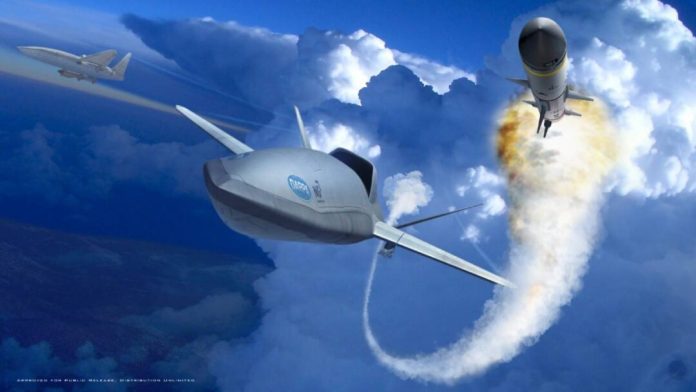
The Defense Advanced Research Projects Agency (DARPA) has selected six companies to advance in the development of an experimental, lightweight drone capable of vertical takeoff and landing from ships.
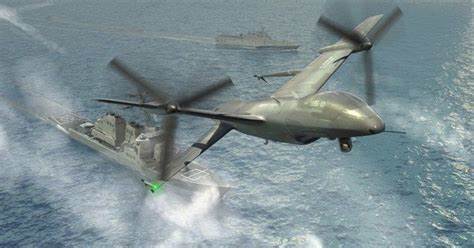
The companies chosen for DARPA’s ANCILLARY program (Advanced Aircraft Infrastructure-Less Launch and Recovery) include both major defense contractors and smaller aeronautics firms: AeroVironment, Griffon Aerospace, Karem Aircraft, Method Aeronautics, Northrop Grumman, and Lockheed Martin’s Sikorsky. These companies will now continue to develop and refine their ANCILLARY designs.

DARPA envisions the ANCILLARY program leading to a drone that can be deployed and retrieved from Navy ships without the need for large mechanical launchers or landing and recovery equipment. Such drones could perform various tasks, including carrying cargo, conducting intelligence, surveillance, and reconnaissance missions, and tracking and targeting enemies beyond the ship’s line of sight.
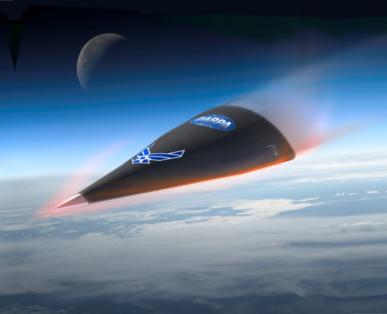
According to DARPA, these small drones must be capable of vertical takeoff and landing like a helicopter from ship flight decks or rough surfaces in various weather conditions and then perform missions like a winged aircraft. They should also be able to carry large payloads and fly long distances when necessary.
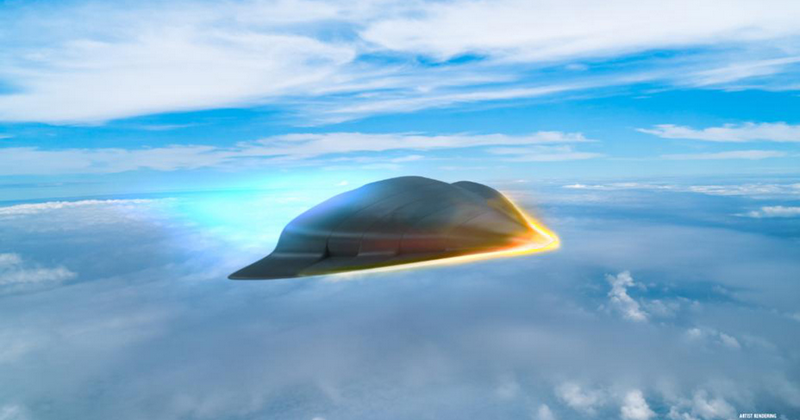
DARPA program manager Steve Komadina stated that the goal of the ANCILLARY program is to enhance the capabilities of small vertical takeoff-and-landing uncrewed aerial systems (UAS) by a factor of three compared to the current technology. The selected companies are exploring innovative methods to increase payload capacity, range, and endurance of these small, ship-launched UAS through novel configurations, propulsion, and controls, while eliminating the need for special infrastructure.
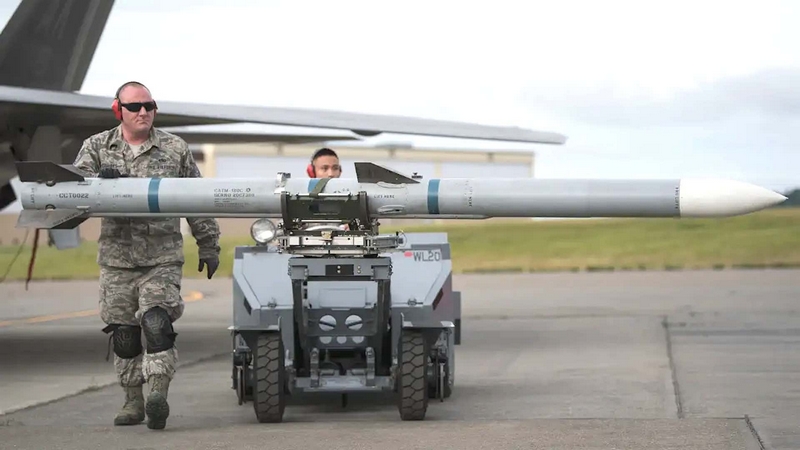
Komadina mentioned that while the Navy and Marine Corps are the primary users of this technology, it could also benefit the Army, Air Force, Coast Guard, and U.S. Special Operations Command. In June 2023, DARPA selected nine companies to present their initial concepts for ANCILLARY, later narrowing the list to six.

These firms will now enter a 10-month phase to reduce risks in their designs and conduct hover testing of their proposed aircraft elements. After this phase, they will submit proposals to advance to the next stage, which includes fabrication and flight testing. Formal flight tests of the complete design are expected to begin in early 2026.
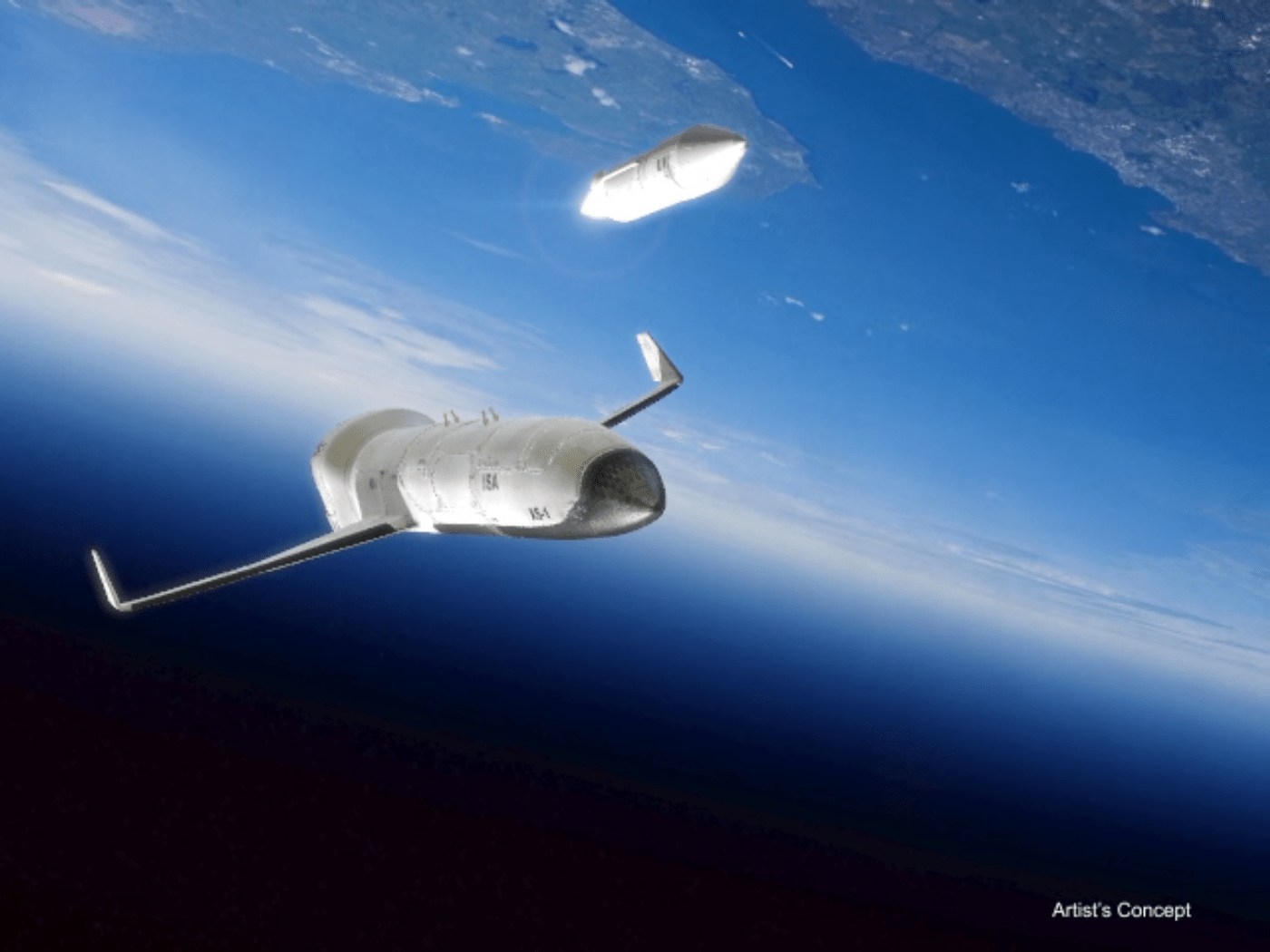
Christopher Harris, the program manager for Northrop’s ANCILLARY effort, stated that the company is leveraging its expertise in autonomous capabilities, vertical takeoff and landing, and long-endurance aircraft design for its ANCILLARY proposal. Meeting DARPA’s endurance requirements without needing launch and recovery infrastructure is a significant challenge, Harris noted on May 24.
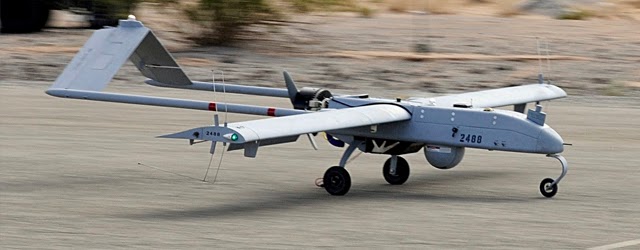
Northrop’s aircraft will be able to carry payloads of 60 pounds and fly up to 100 nautical miles for up to 20 hours. Their ANCILLARY design uses a pair of rotors for vertical takeoff and landing, and another rotor as a propeller for forward flight.

Harris noted that ANCILLARY can operate from ships in adverse sea conditions and in highly contested environments, assisting with logistics such as unloading ships and moving cargo to shore.

Northrop is leveraging its expertise in autonomous capabilities, vertical takeoff and landing, and long-endurance aircraft design for this project. “We have a wide array of supplier awareness, we have our own innovative technologies, and we have a team that we think is uniquely capable to deliver what DARPA is asking for here,” Harris said. Meanwhile, Sikorsky is conducting flight tests on its ANCILLARY design, which features a “rotor blown wing” that takes off like a helicopter and transitions to horizontal forward flight.

Sikorsky stated that their design will reduce drag on the wing during hovering and transition to forward flight, resulting in better efficiency and endurance while cruising. “Flight tests are under way to verify our tail-sitting rotor blown wing UAS can launch and land vertically with high stability, and cruise efficiently on wing,” said Igor Cherepinsky, director of Sikorsky Innovations.

He explained that the articulated rotor system in their ANCILLARY design is similar to traditional helicopter rotors and will use Lockheed’s autonomous MATRIX technology for flight controls. The current aircraft being tested is powered by a battery, but Sikorsky plans to develop a 300-pound hybrid electric version if selected to continue in the program. This aircraft would carry a 60-pound ISR payload.
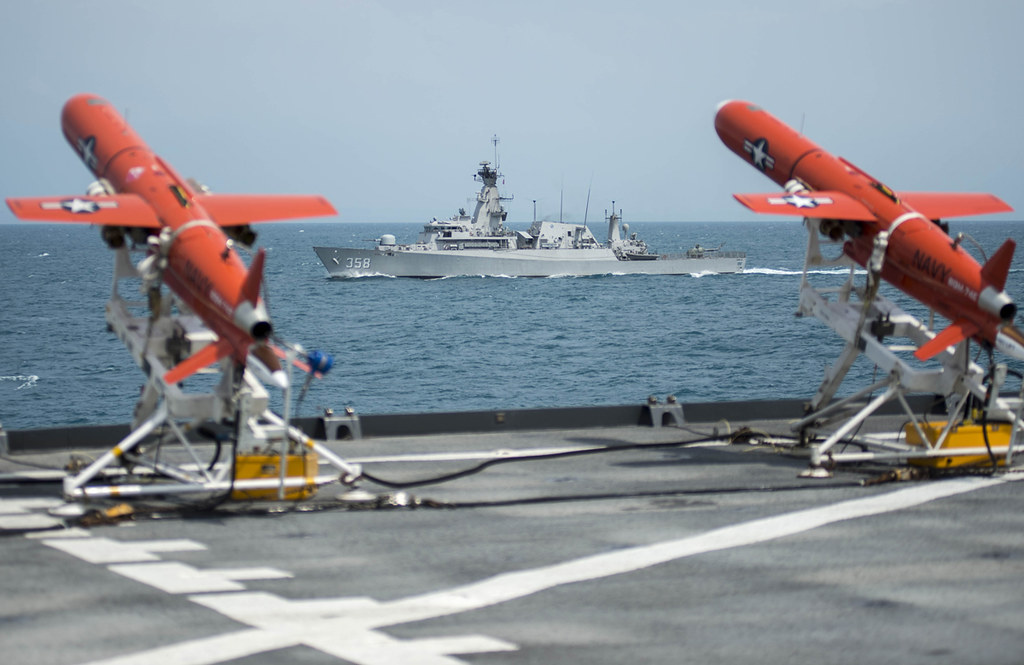
Method Aeronautics announced it is collaborating with Sierra Nevada Corp., known for its expertise in landing systems and aircraft modification and integration, and Bechamo, a company specializing in AI-driven aircraft flight controls.

“Method’s design brings a novel approach enabling efficient, robust VTOL [vertical takeoff-and-landing] capability for Group 3 UAS,” the company stated. Method views this program as essential for developing technology to expand the use of VTOL UAS by U.S. forces abroad and is actively working to accelerate development beyond the current scope of the award. Group 3 drones weigh under 1,320 pounds and can fly at speeds up to 250 knots.
Relevant articles:
– DARPA picks six firms to develop experimental ship-launched drones, C4ISRNet
– DARPA picks six firms to develop experimental ship-launched drones, Yahoo
– America needs to lead in drone warfare, C4ISRNet
